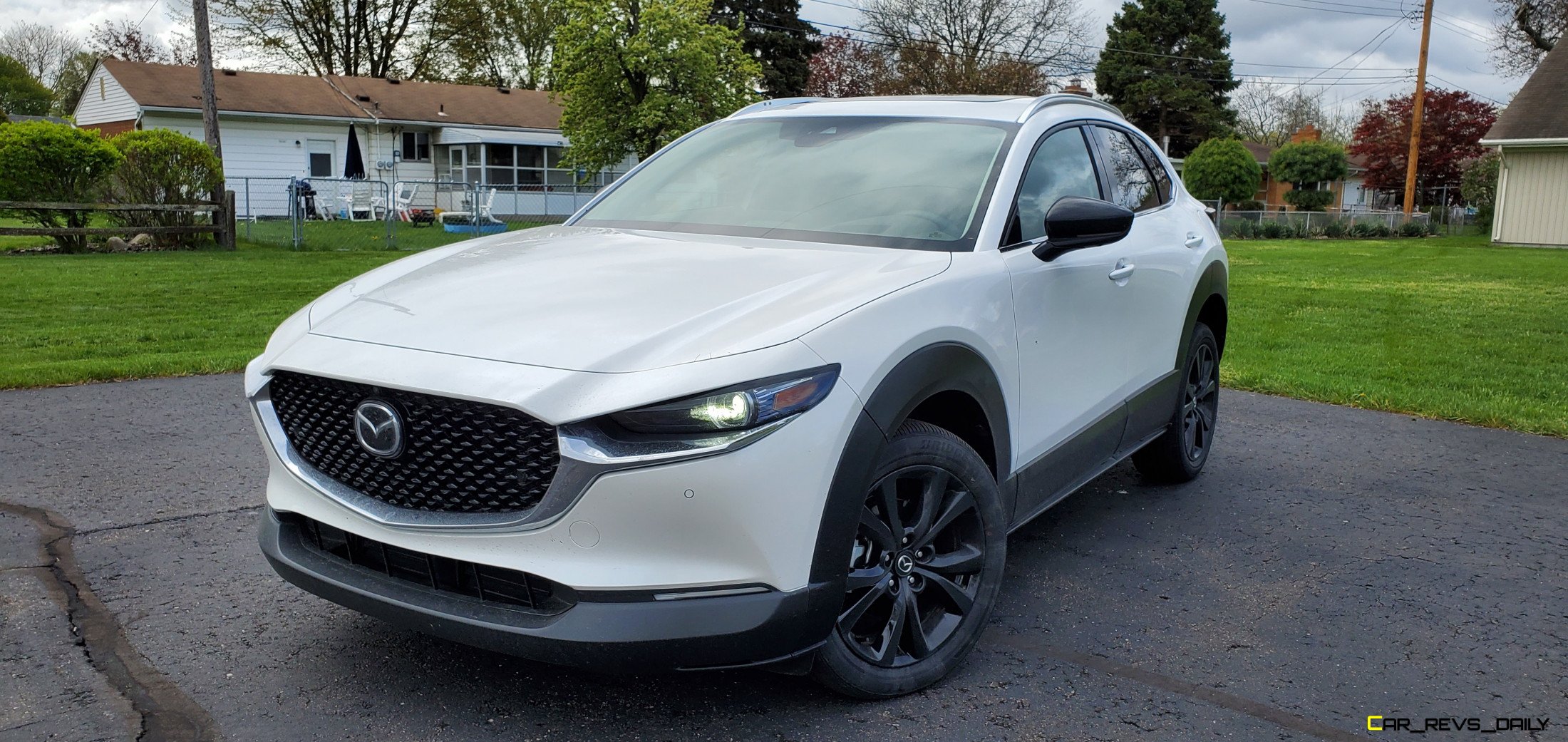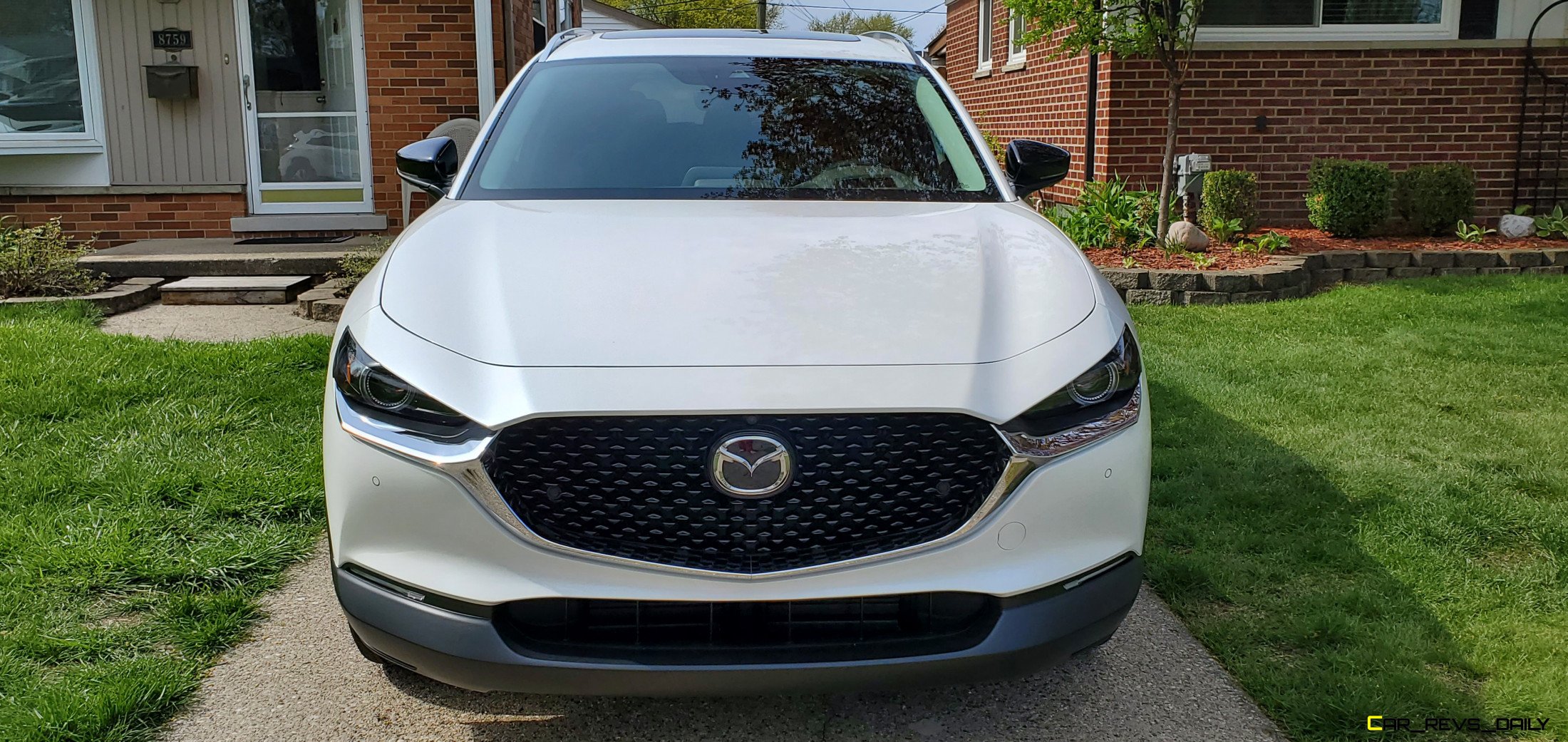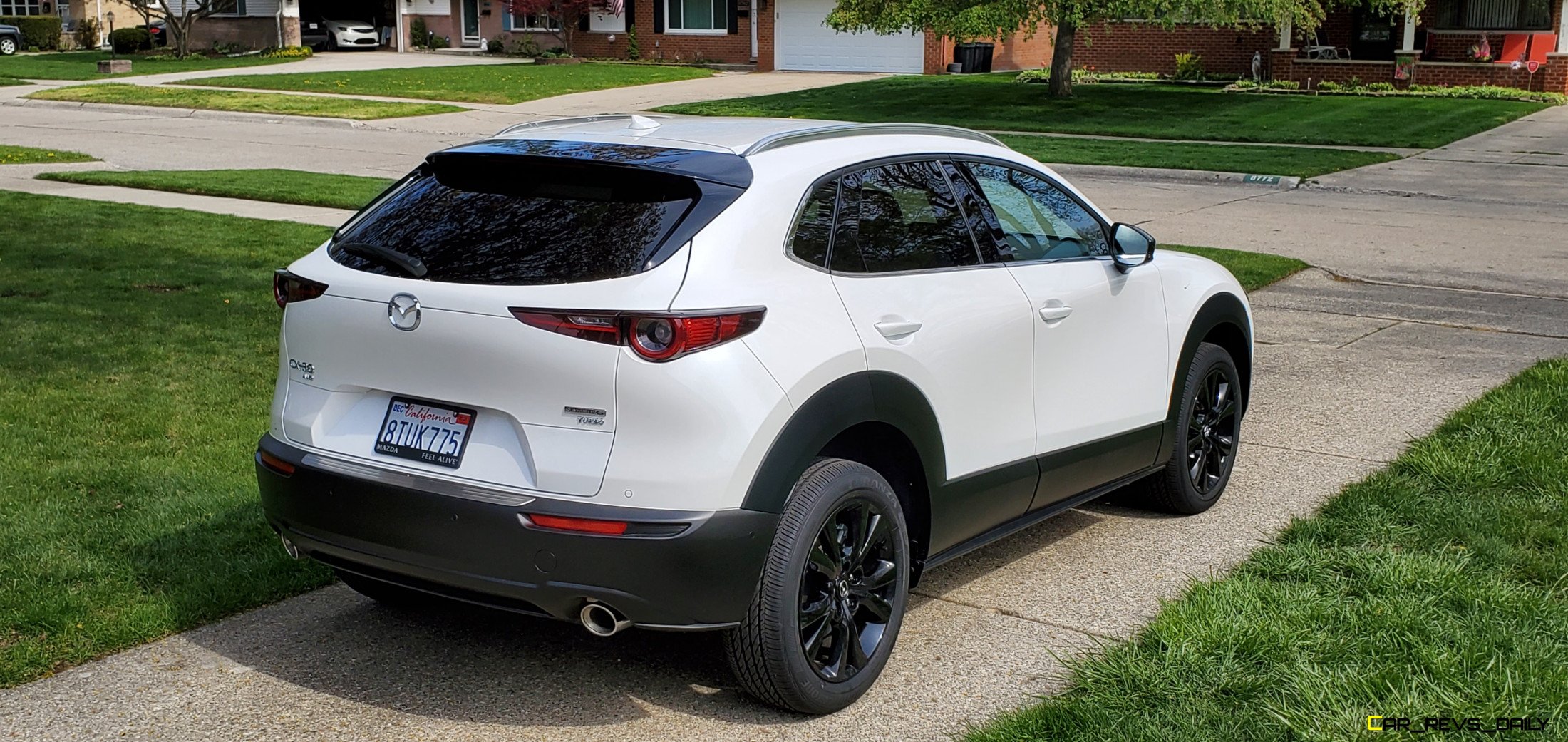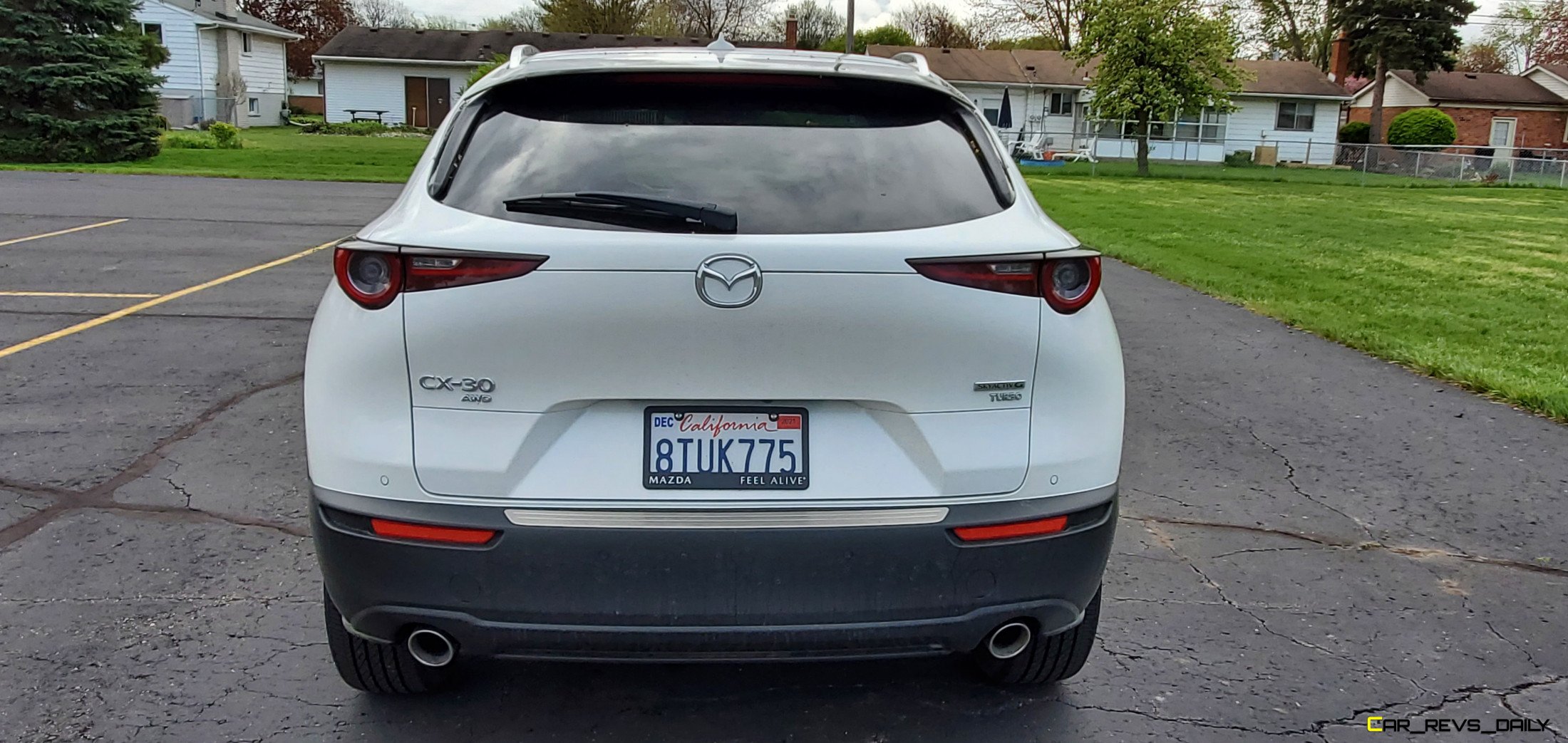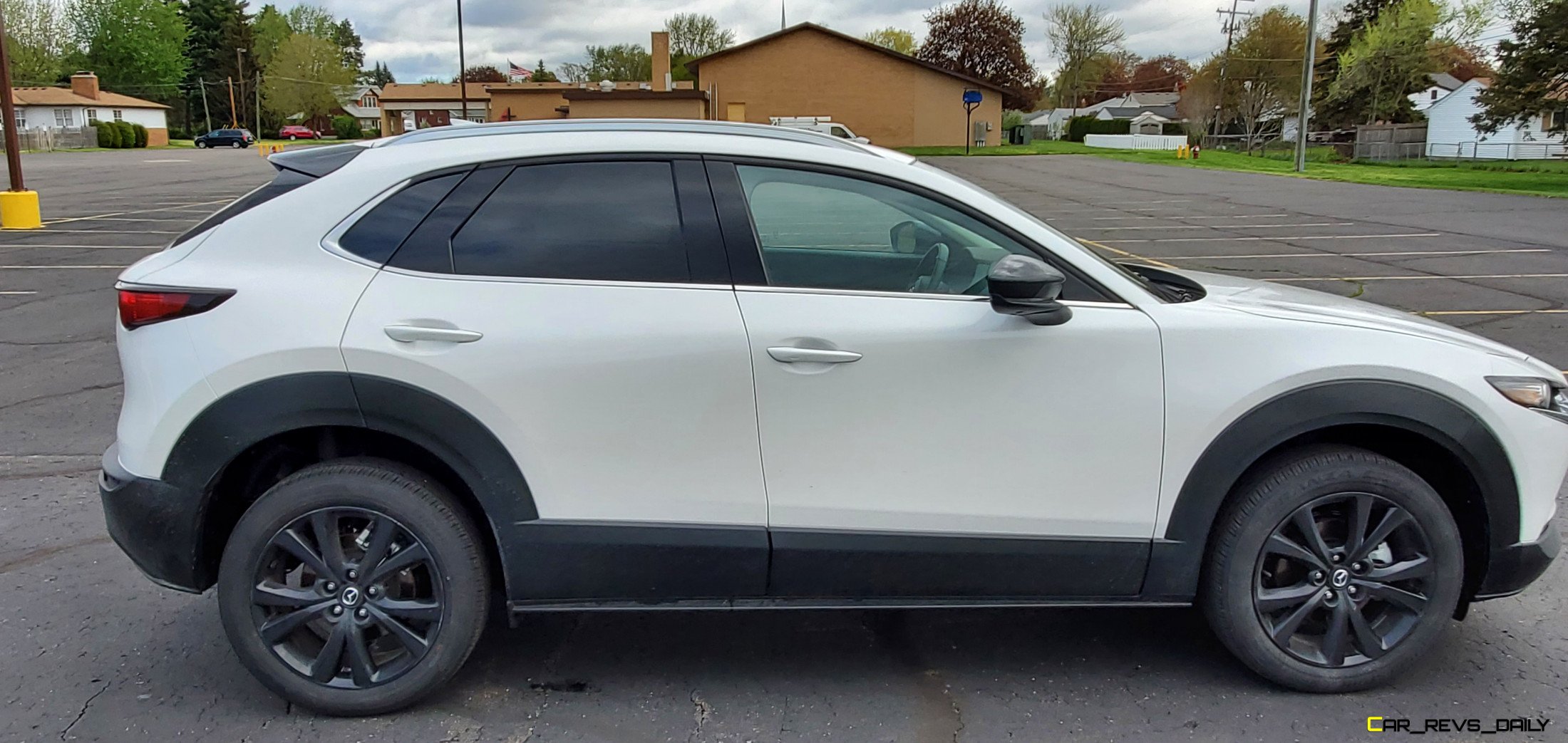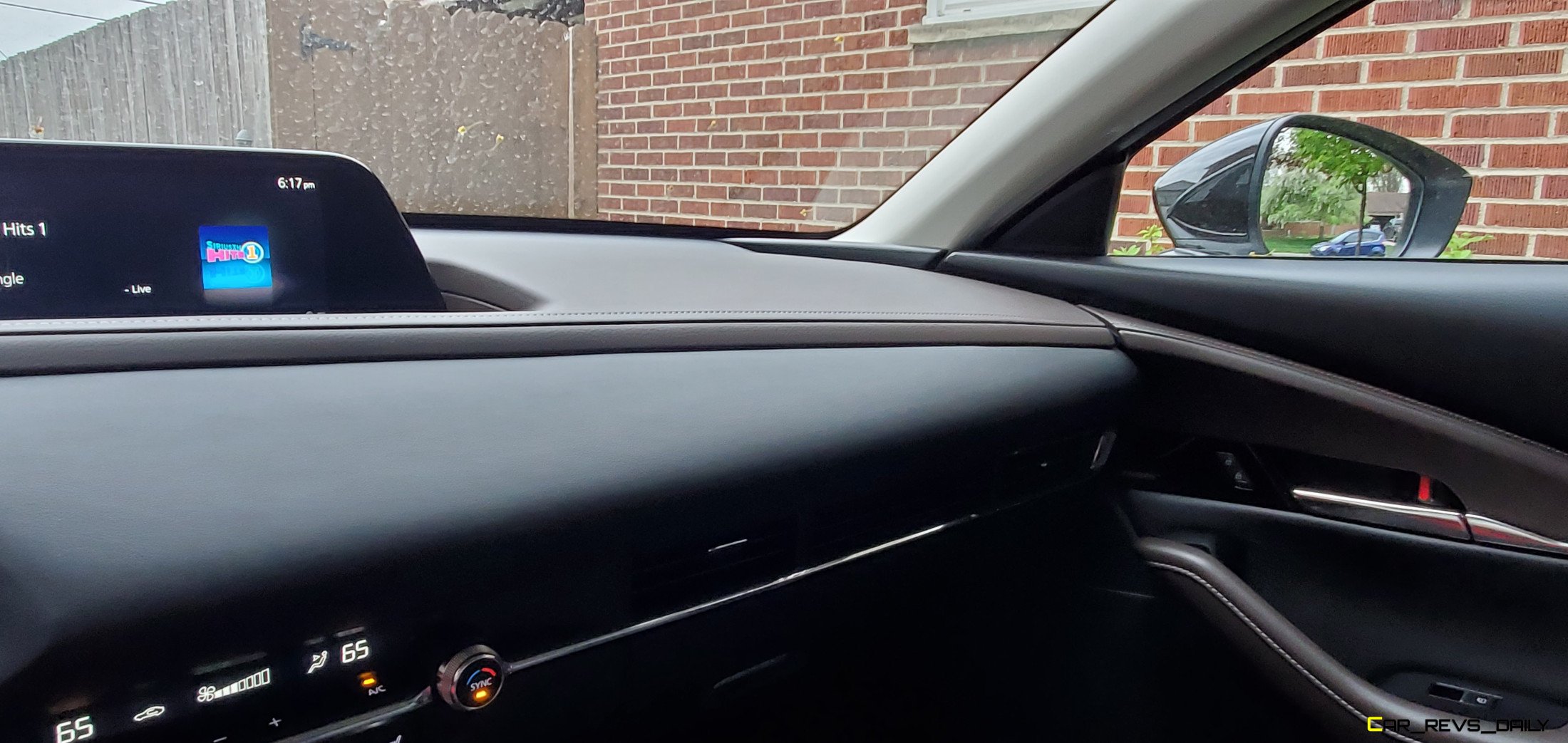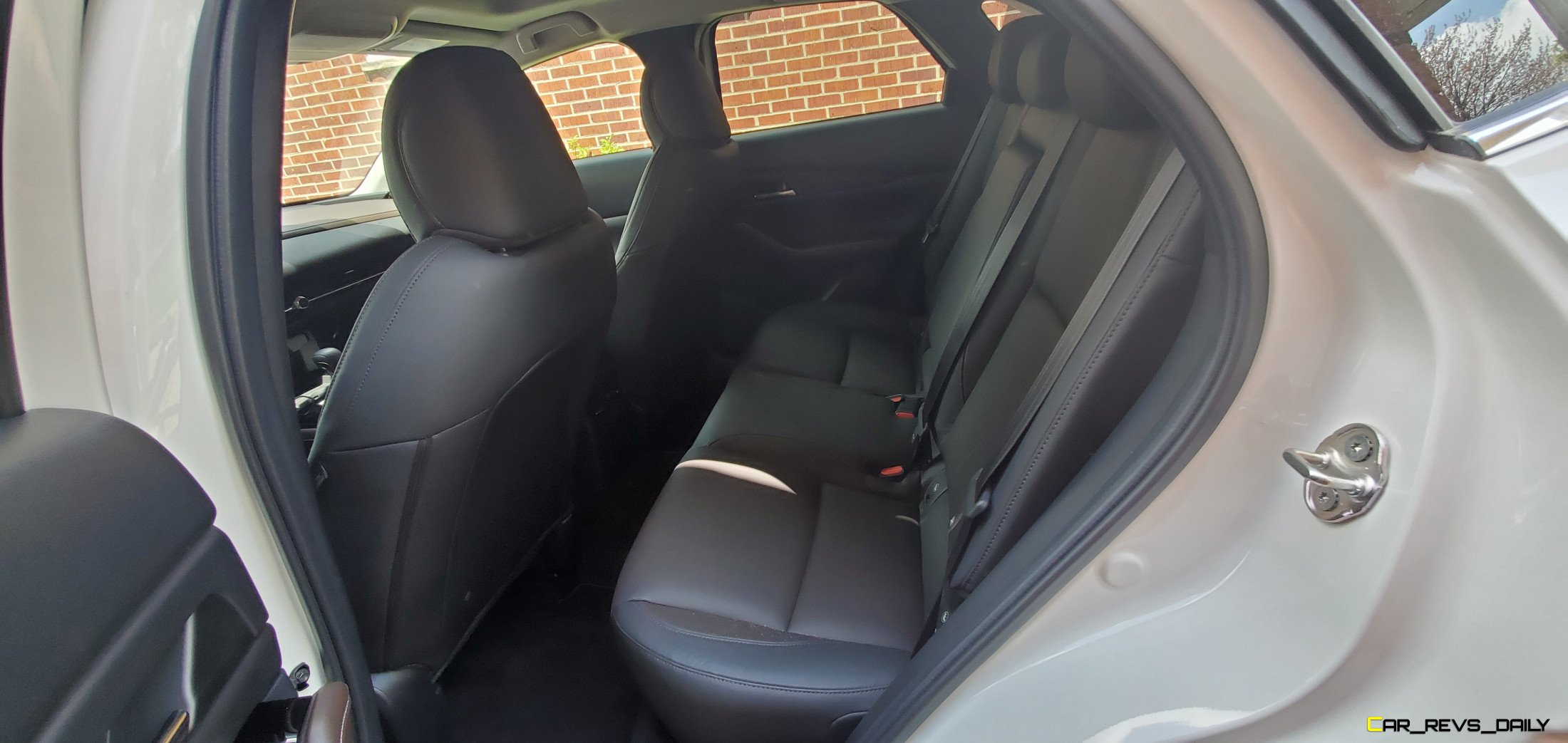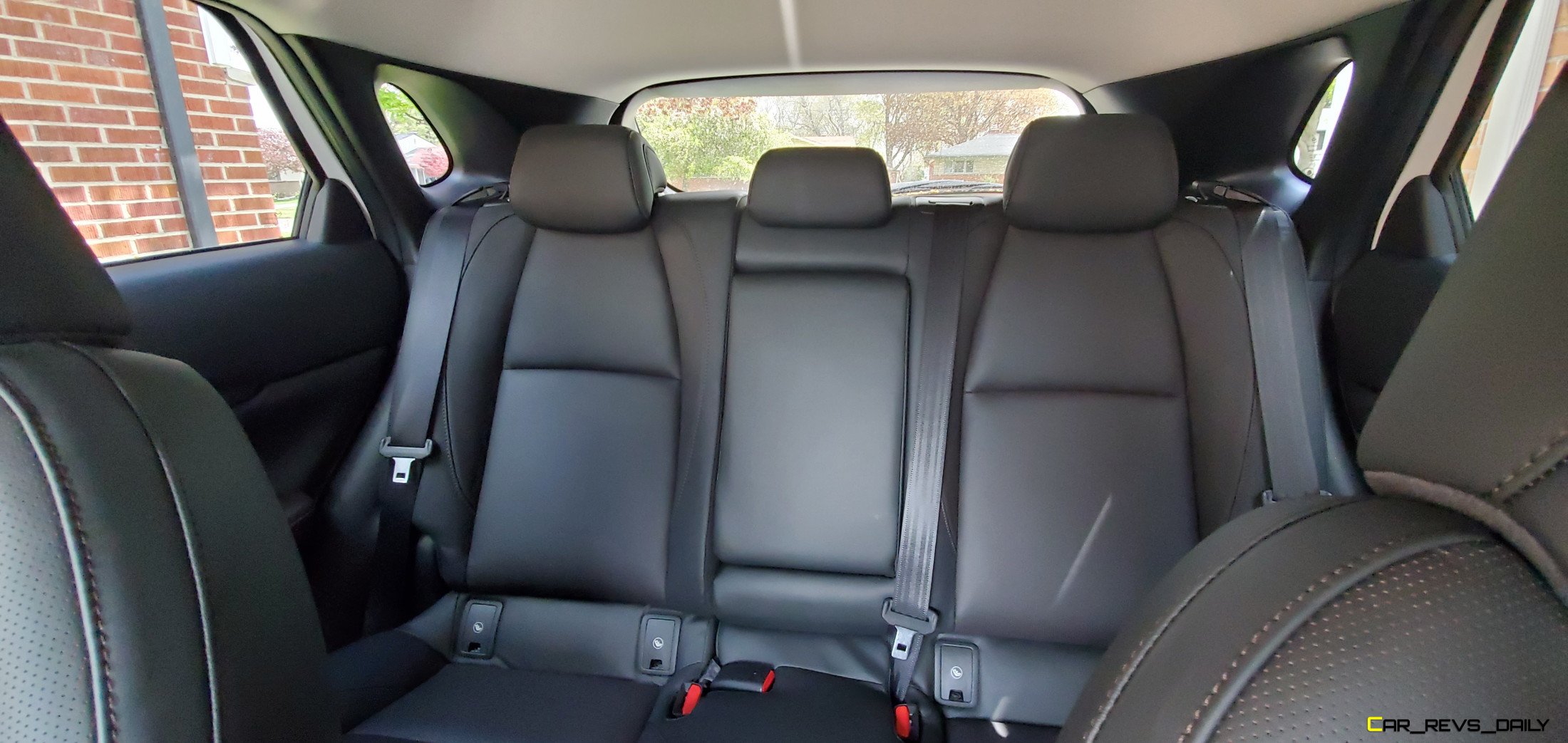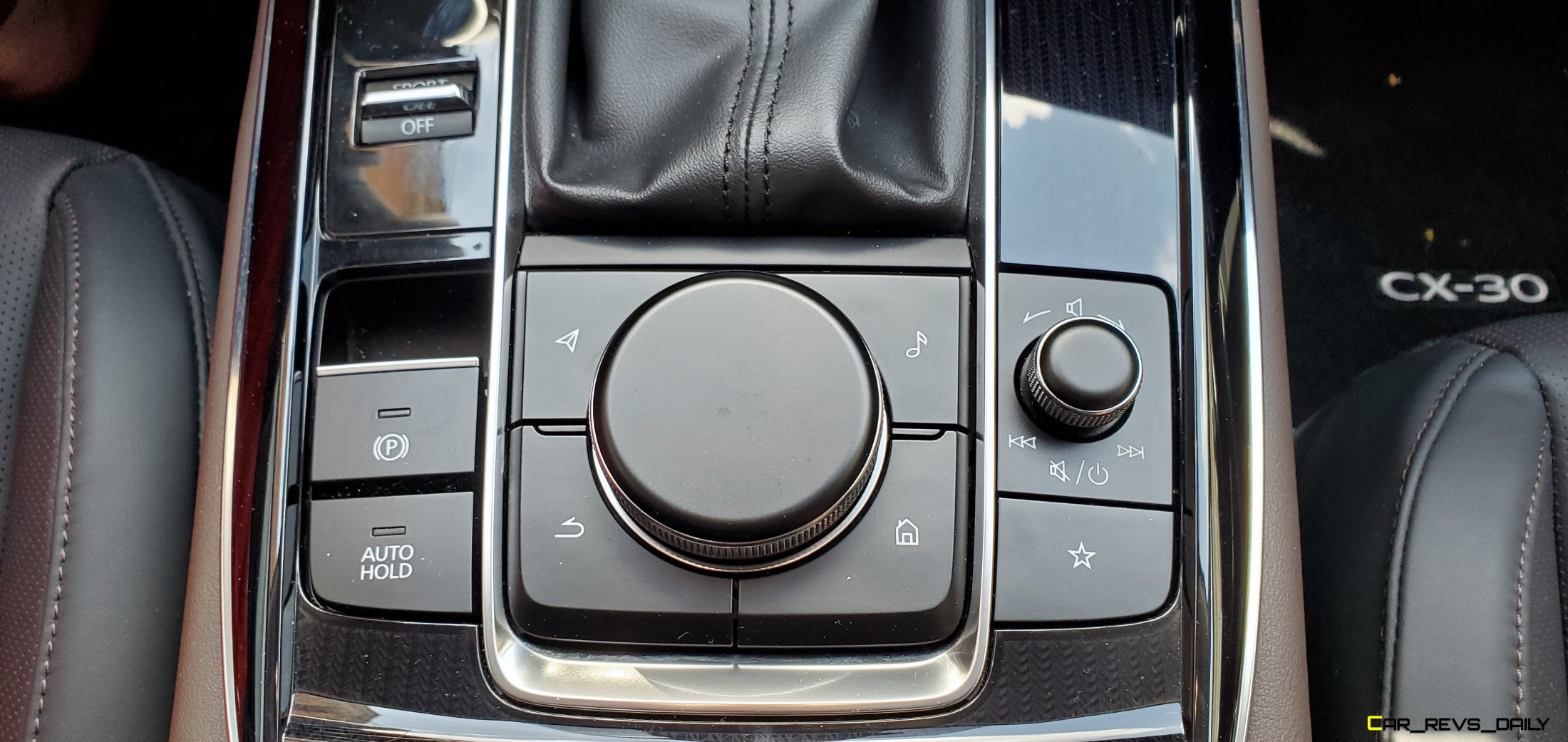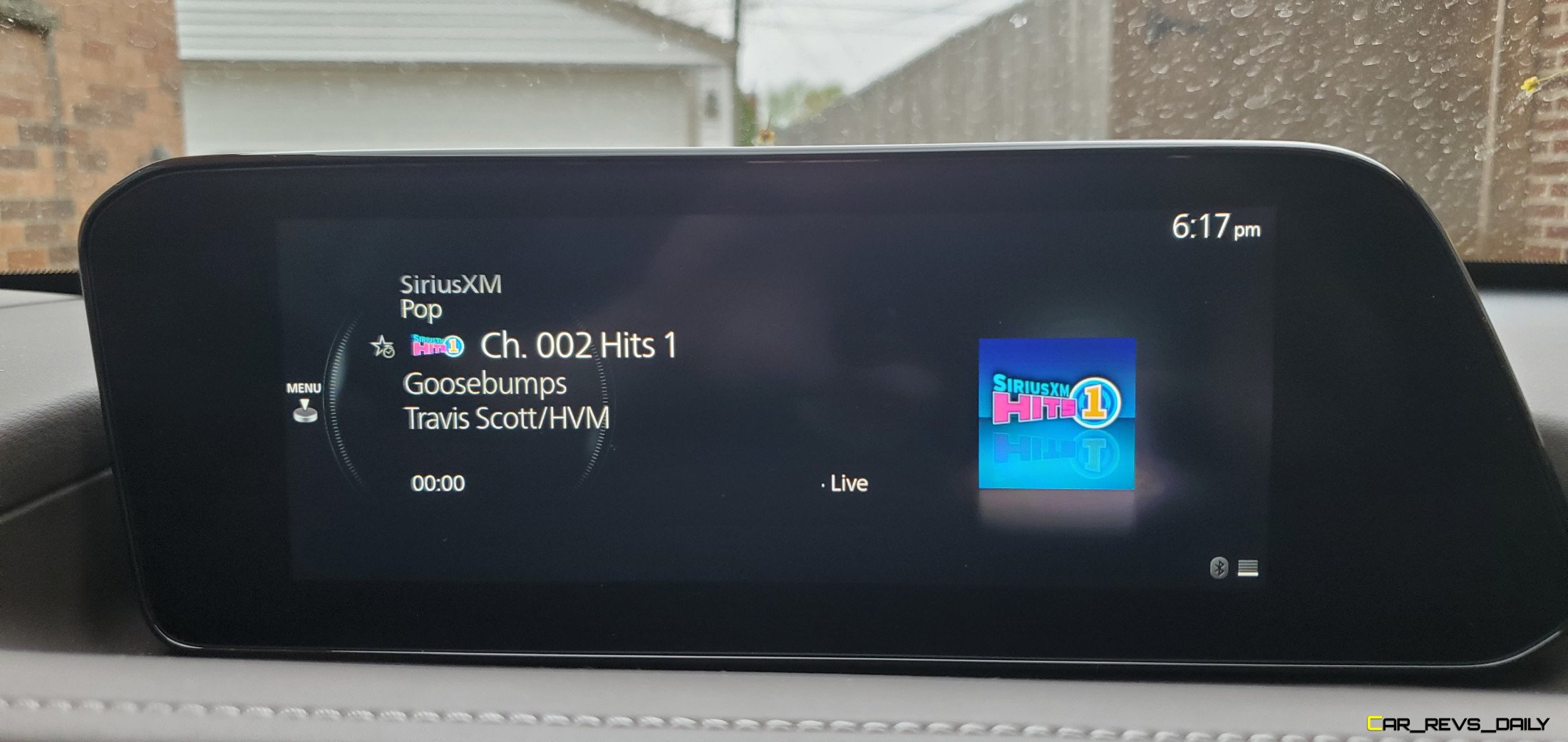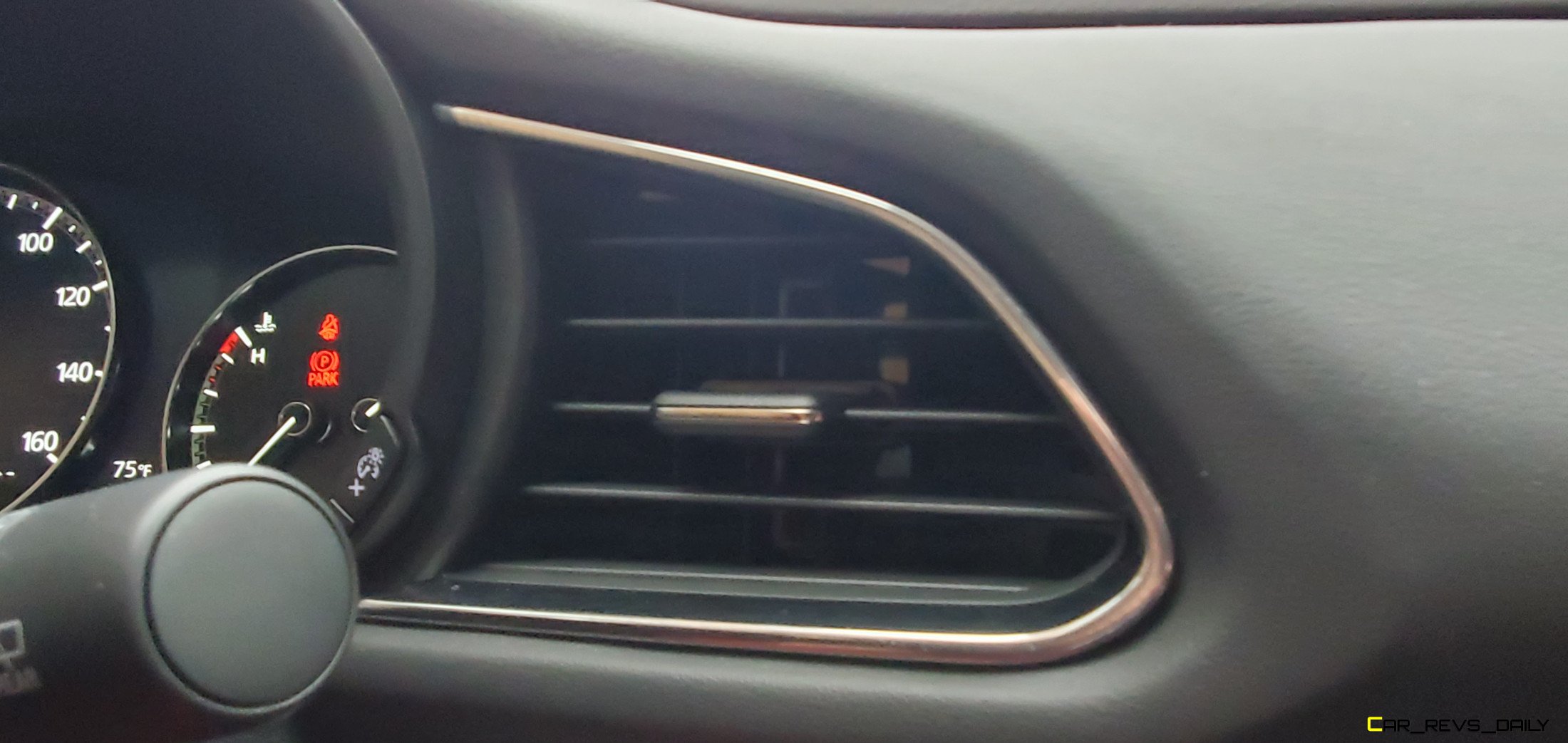When we first sampled the Mazda CX-30, it certainly came with a lot of promise and helped fill a void in Mazda‘s lineup. The one key problem was that the CX-30 lacked raw power, with the wheezy engine being a notable detriment to the CX-30. But Mazda isn’t one to rest on their laurels and wanted to give the 2021 CX-30 Turbo the chance to live up to the Japanese automaker’s legendary reputation for performance. It intends to do this by giving it a turbocharged alternative to its naturally aspirated ways, but is more boost the answer to its lagging performance character?
2021 CX-30 Turbo Is Like Looking Into A Mirror
When you first look at the Mazda CX-30 turbo, it might not seem that there is much differentiation between it and its less powerful sibling, with the core athletic styling elements from its less powerful counterpart carrying over unchanged. However, look past the shared DNA, and some elements emerge that make the turbo model stand out; for instance, the beefier CX-30 features blacked-out wheels and exterior mirror caps, and brushed aluminum roof rails. Also, as expected, the turbo model breathes through a larger set of pipes, with all models getting a handsome-looking dual exhaust system.
With the CX-30 only in its second year of formal production, we are glad that Mazda designers did not go too far outside the scope of familiarity when it came to making the turbo version not only stand out from rivals like the Ford EcoSport, Chevrolet Trax, and the Honda HR-V but also juicier targets like the Mercedes GLA250 with the CX-30 being the latest example of Mazda’s attempts to punch above its weight class in certain regards. This approach has helped the company generate plenty of attention, and in some instances, actually help their models outshine pricier European rivals.
Larger Than Life Luxury At A Sensible Price Point
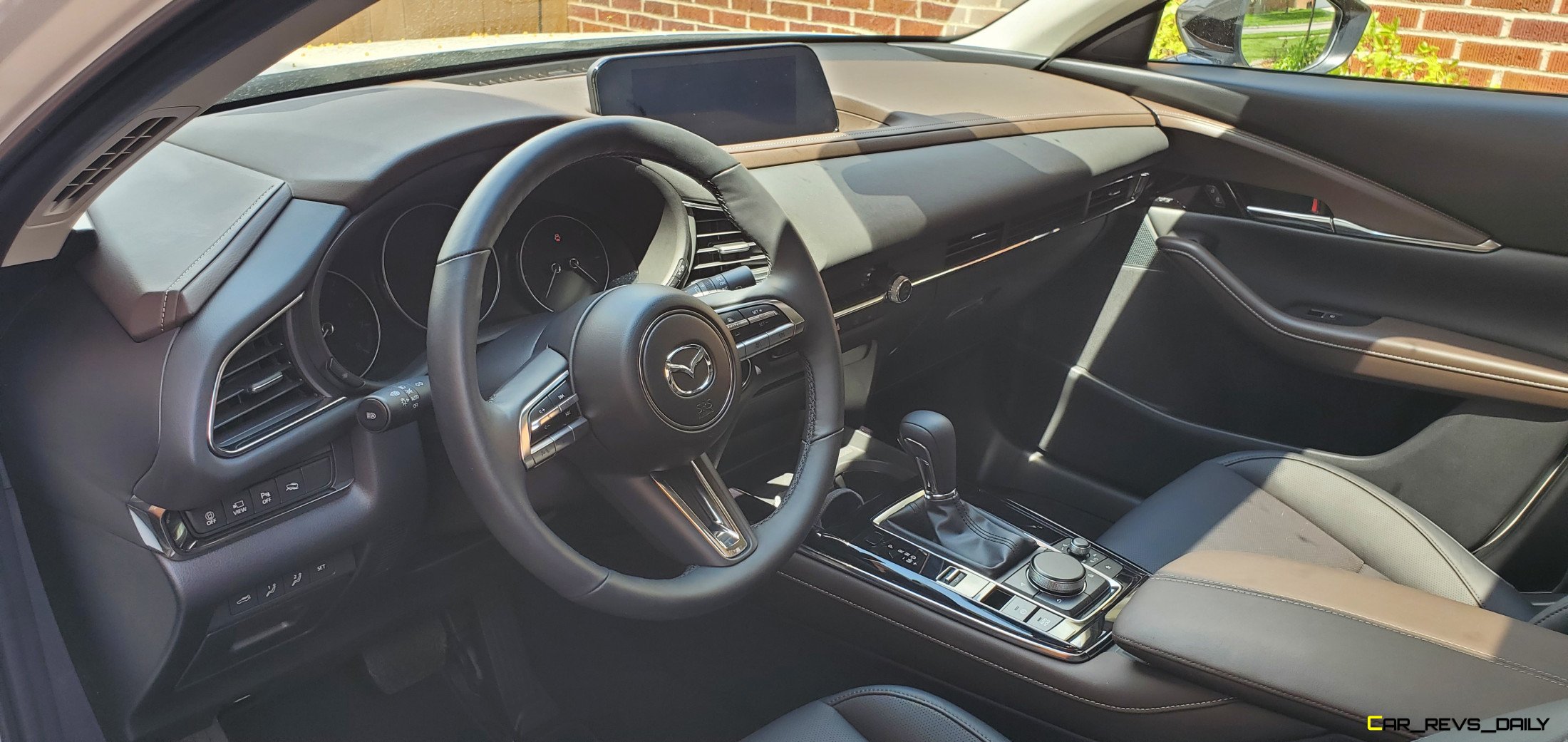
With the changes this time around occurring under the hood, Mazda reps chose to wisely leave the interior alone, which continues to deliver more than the sum of its parts. The design here is still very natural and organic, with the materials here being very high quality and soft to the touch. The seats are not the most supportive thrones in the world, but the CX-30 is not a full-blown hot rod, with the CUV being more of a Mazda3 on stilts. Thankfully, they make up for it by offering plenty of creature comforts, especially on long road trips.
The rear of the CX-30 is still cramped for an SUV, but it’s an improvement over the outgoing CX-3, with headroom being much better here than before. The taller seating position gives you a better view of the road, and your passengers will undoubtedly appreciate the tunes from the premium sound system. That system is paired with an updated infotainment screen, but like other Mazda’s in the company’s inventory, it’s still stuck saddled to a clunky controller and equally dimwitted software. Hopefully, an upgrade here is in the works because it’s still befuddling that this system can be the automotive equivalent of a can of half/half, especially in 2021. The interior is generally quiet for the most part, but wind and tire noise still infiltrate the cabin.
Turbocharged Engine Makes Immediate Difference In CX-30 Turbo
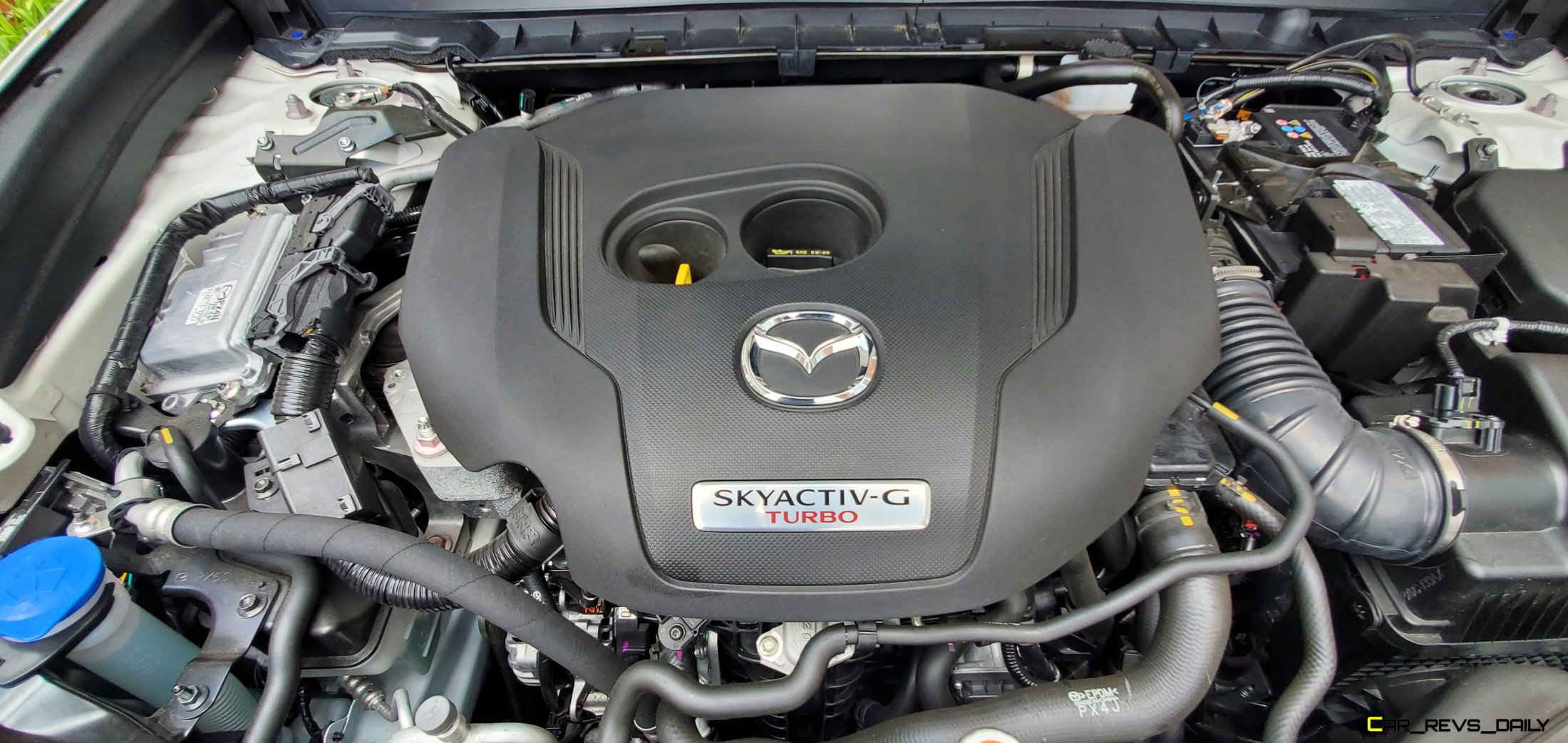
So far, the bulk of the changes here are very minimal, and you might be asking yourself, is it really worth it to upgrade to this model? We hear you, but we also encourage you to get behind the wheel; if you do, the answer is crystal clear. Unlike the base CX-30, all CX-30 Turbo models come equipped with a turbocharged 2.5-liter four-cylinder which makes 250 hp and 320 lb-ft of torque. This engine is the equivalent of giving the CX-30 Gatorade because it adds a lot more vigor to the CX-30’s dance moves.
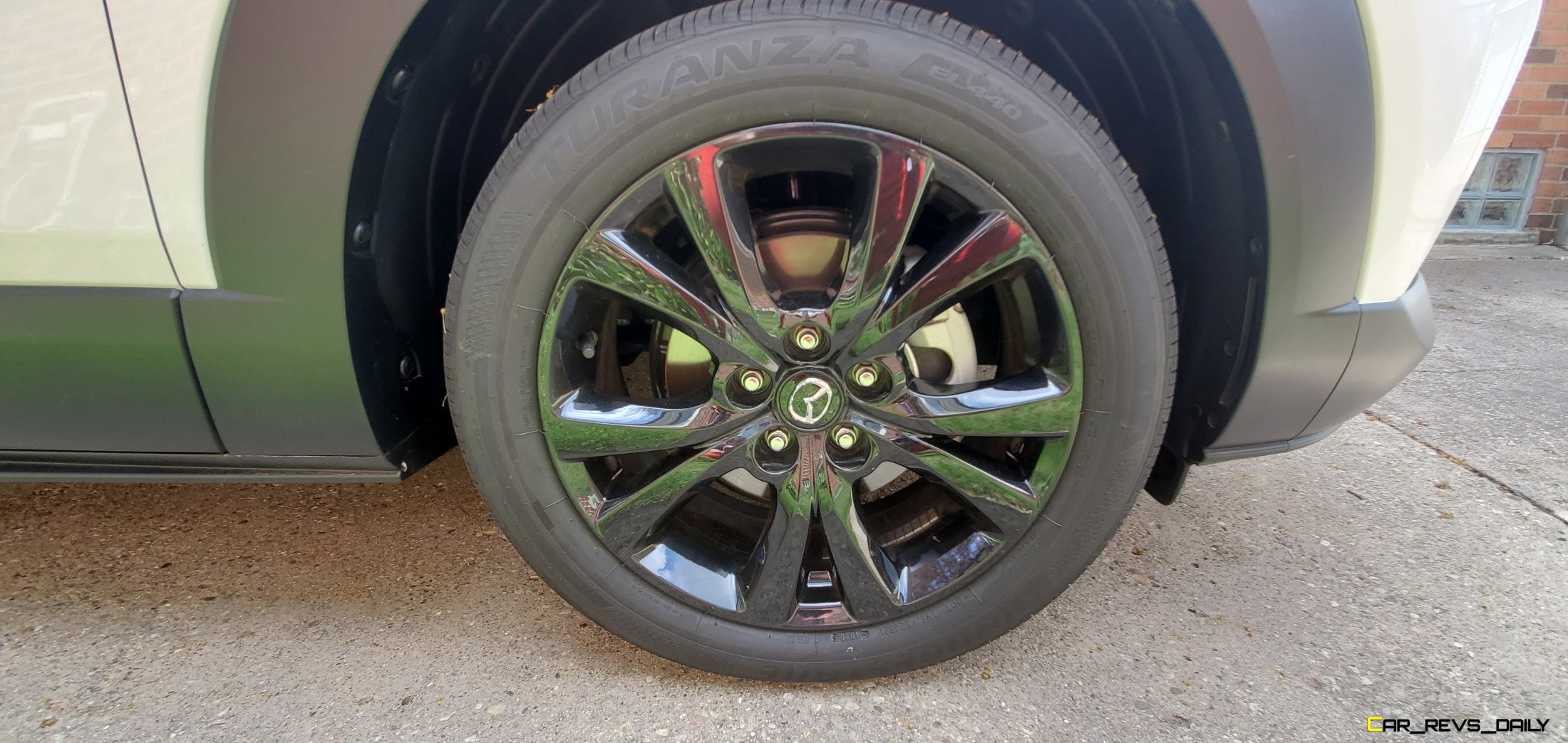
The CX-30 Turbo will never be considered a formal hot-rod (look for entries like the Kona N to fill that niche for people), but the fat wad of torque that the engine produces should still do a good job of providing its own version of thrills with acceleration being far more of a talking point than it ever was in the CX-30, to begin with. Buyers that push the go pedal to the floor will be rewarded with a 0 to 60 time of 5.8 seconds. That’s a noticeable improvement over the base engine, and the boosted four-pot manages to do all of this in a smoother and more refined way.
As is the case with the Mazda3, the CX-30 uses a six-speed automatic transmission which loses a few cogs to some of its newer rivals but still delivers solid shift quality and works well with the engine. Mazda’s i-Activ all-wheel-drive system is also along for the ride, but with only 8.0 inches of ground clearance, don’t expect the CX-30 Turbo to be a legit Jeep competitor out on the trail. Instead, look for this height to allow the CX-30 to go places where rivals like the Subaru Crosstrek can go.
Handling Behavior Not Blunted By Increased Height
With the CX-30 being essentially a Mazda3 on stilts, it would be understandable if you assumed that it would suffer from blunted reflexes or perhaps a slight case of woozy steering? However, after our brief time pushing it on some of our favorite driving roads, we were pleased to discover that none of this charm has been lost for the most part. The steering is very linear in how it goes about business, and it has a nice heft to it. Can you name any other CUV on the market today that manages to deliver both of these key handling essentials? We rest our case.
Ride quality is pretty compliant, considering the spicier performance hardware that lurks under the hood. However, some of Metro Detroit’s legendary potholes did cause some high-frequency jitters, which disturbed the otherwise serene feel projected by the suspension. Part of this is due to the CX-30’s size, with a bigger SUV being able to mute the madness better. Braking in our tester proved to be its strongest asset, with the spunky utility bringing the party down from a variety of speeds with little to no drama.
Value Quotient
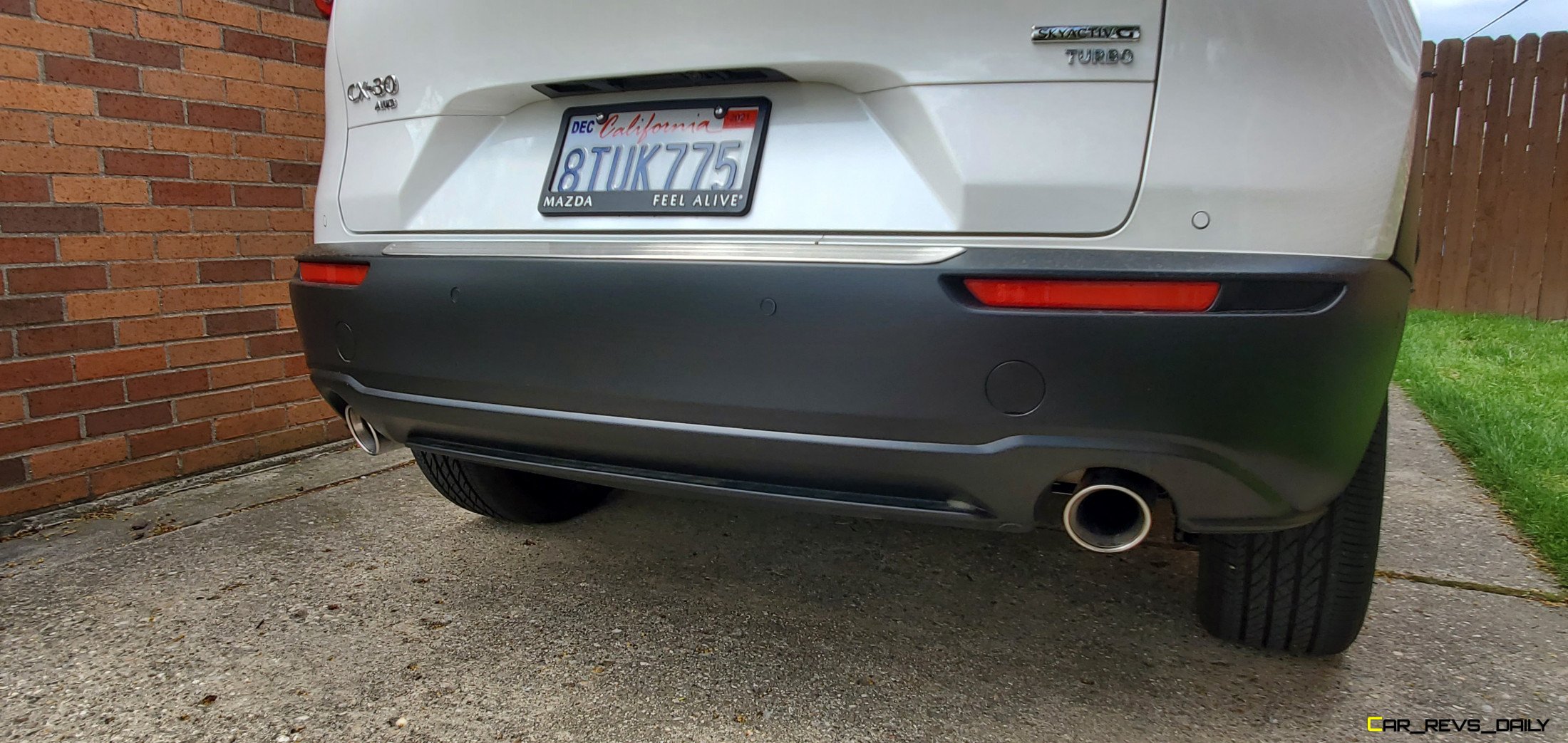
Pricing for the 2021 Mazda CX-30 Turbo starts at $30,050, which nets you a base 2.5 Turbo model. Buyers looking to build on things have two trims to choose from, starting with the $32,450 Turbo Premium, which builds on the base model’s impressive roster of standard equipment. But if you’re looking to truly go hunting for some of the CX-30’s European rivals out on the road, it’s best to go for Turbo Premium Plus models like our example, which start at $34,050.
Our lightly optioned tester had a few accessories which helped the price creep to a final total of just over $35,000. That’s roughly on target with other near-luxury contenders, and it helps the CX-30 become a unique value play in the eyes of utility shoppers. That’s especially true when you consider that the 2.5-liter turbo’s performance helps vault the CX-30 past the Trax and the EcoSport and into territory occupied by 2.0 liter, EB-equipped Ford Escapes as well as the Chevrolet Equinox.
With the ability to punch far above its weight class while offering the performance muscle that it rightfully deserved, the 2021 Mazda CX-30 Turbo finally has the tools to truly stand out in a crowded segment. That will certainly please Mazda officials who want the CX-30 and the upcoming MX-30 to help create a potent combination of sales and technological innovation. Here’s hoping that an all-new infotainment system will be the next great chapter in the CX-30 Turbo’s story.

Carl Malek has been an automotive journalist for over 10 years. First starting out as a freelance photographer before making the transition to writing during college, his work has appeared on numerous automotive forums as well as websites such as Autoshopper.com.
Carl is also a big fan of British vehicles with the bulk of his devotion going to the Morgan Motor Company as well as offerings from Lotus, MG, and Caterham. When he is not writing about automobiles, Carl enjoys spending time with his family and friends in the Metro Detroit area, as well as spending time with his adorable pets.

